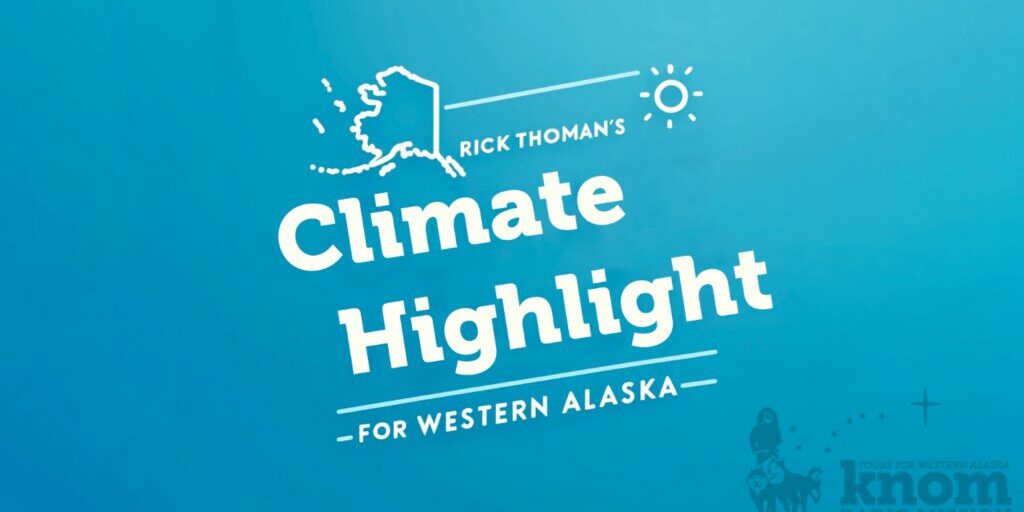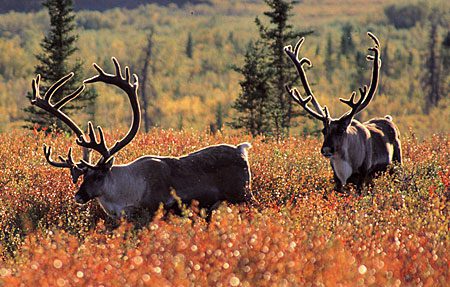Typhoons in the western Pacific can occur at any time of the year, but now through early November is the most likely time for the remnants of these storms to impact our weather.
Most of these typhoons fizzle out long before coming close to Alaska, but once in a great while, as we saw with Merbok in 2022, such storms can produce severe damage in our region.
More frequently, they affect our weather in other ways. Ex-typhoons, by their very nature, bring lots of tropical moisture and warm air north as they move from east of Japan northeast towards the Aleutians. Even if a storm track is not conducive to coastal flooding, these storms can still result in unusually heavy rains.
Occasionally, when an ex-typhoon and an unusually strong jet stream come off of Asia, and the timing is just right, the interaction between these two can change the weather pattern for the entire northern hemisphere for a week or two at a time. So for the next few months, we'll be keeping one eye on what's happening 1000s of miles to our Southwest, because once in a while, it's a big deal for western Alaska weather.







